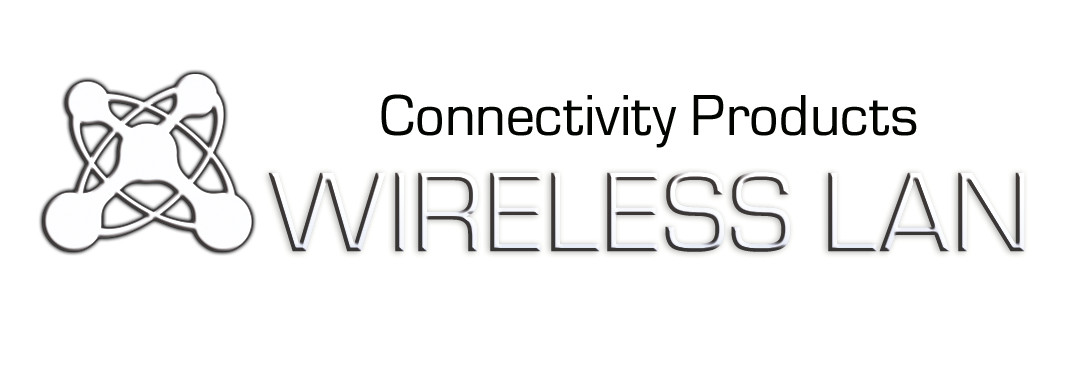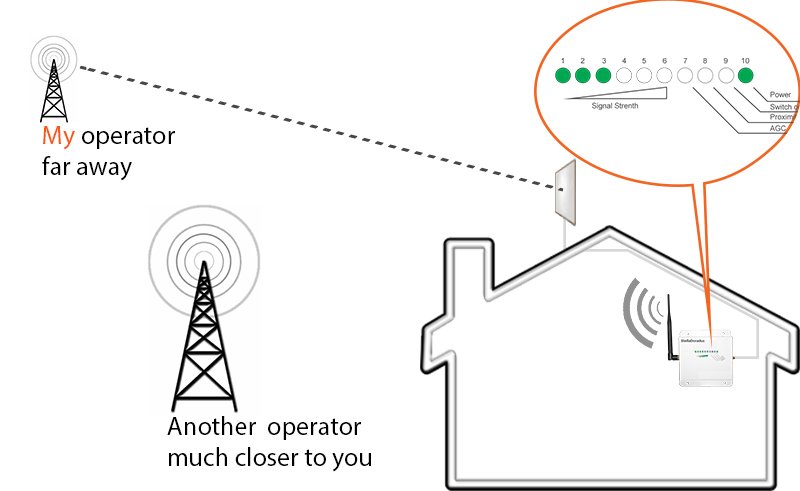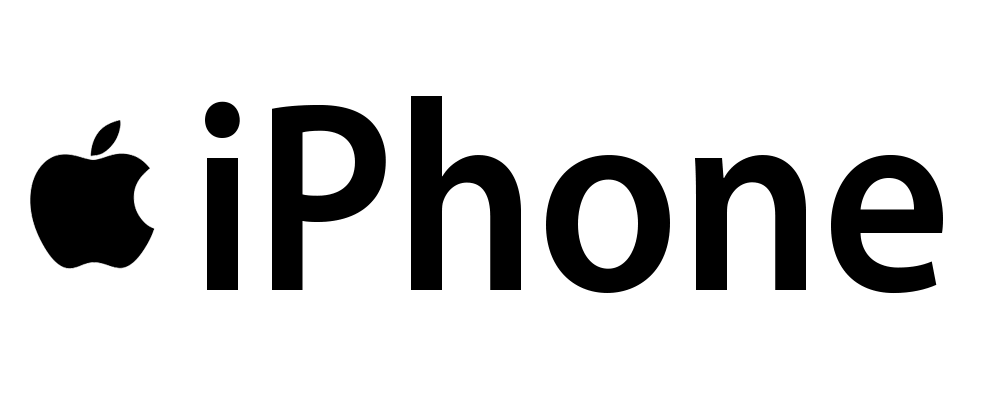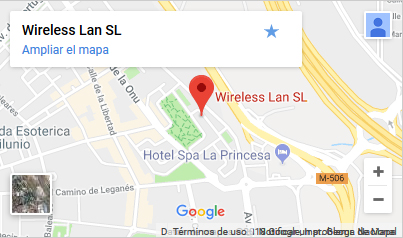Stella Doradus Mobile Signal bossters.
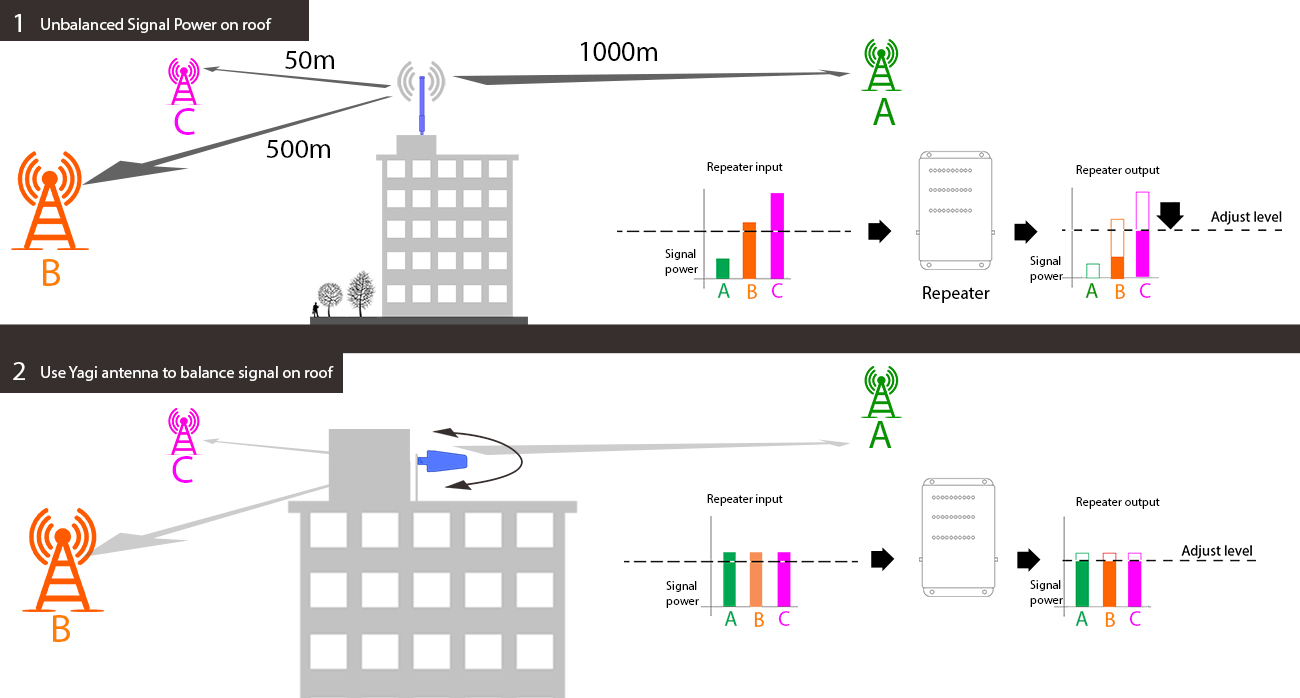
When installing a repeater from Stella Doradus on the roof of a building in a city, the most important thing is to ensure that the signal of all operators are balanced.
The first thing we have to do is measure the signal that is on the roof of the building of all operators. If we do not have a signal analyzer (image below), you will need a mobile phone with SIMs from different operators to make the measurements. For our example, we are going to call the operators A, B and C (see pictures above).

The normal thing is that the signal of one of the operators due to the distance is more powerful than the others. As shown in diagram 1, the signal from operator C is much more powerful than that from operator A. This is because operator C is located only 50 meters from where we have placed the external antenna, while operator A is at 1000 meters. Operator B is at an intermediate point at 500 meters. These are large instance differences, so the signal we receive from each of the operators is very different.
In diagram 1, we have used an omnidirectional antenna to receive the signal from the three operators, regardless of the distance of the operators. The result that we obtain is that the signal received in the repeater is very unequal among the three operators. The repeater is not able to differentiate between one operator or another, it sees the operator that emits the most powerful signal, case operator C. If the signal level that we receive from operator C exceeds the limits established in the repeater, this attenuate the power until it is safe. This assures us that the repeater does not connect to operator C with more power than it should.
The main drawback of this is that the signal we receive from operator A and operator B, which are weaker than operator C, will also be attenuated to the same extent, and if the signal from them is weak, they can be rendered unusable ( see the repeater output in diagram 1)
You can see in diagram 1 that the signal from operator A has been attenuated so much that we have eliminated it. The signal from operator B has been attenuated and it has been very low, and the signal from operator C has been perfect. The result obtained after this installation is not satisfactory, since now we have the signal of the perfect operator C, but the signals of operator A and operator B have become unusable.
So, what is the way to solve this?
See diagram 2
This time we have used a directional Yagi antenna. The Yagi Antenna to the directive being, what it does is to focus its power in a direction, reason why in the other directions it reduces it. We have placed the Yagi antenna on the roof but in this case we have done it behind a wall, with this what we get is to block the excess power of the operator C, and pointing the antenna towards the operator A, with what we get that the The signal of the three operators is balanced in a more efficient way. As we observed in diagram 2, the signal that we received from the three operators exceeded the limits established by the repeater, now this is not a problem since the repeater attenuates the signals until reaching a safe level. As I said, the most important thing is that the signal we receive from the three operators is very similar. Now the repeater can send the signal of the three operators.
You can find out all its range of products in the followin link or you can contact us at wirelesslan@e-wirelesslan.com
Share it:
